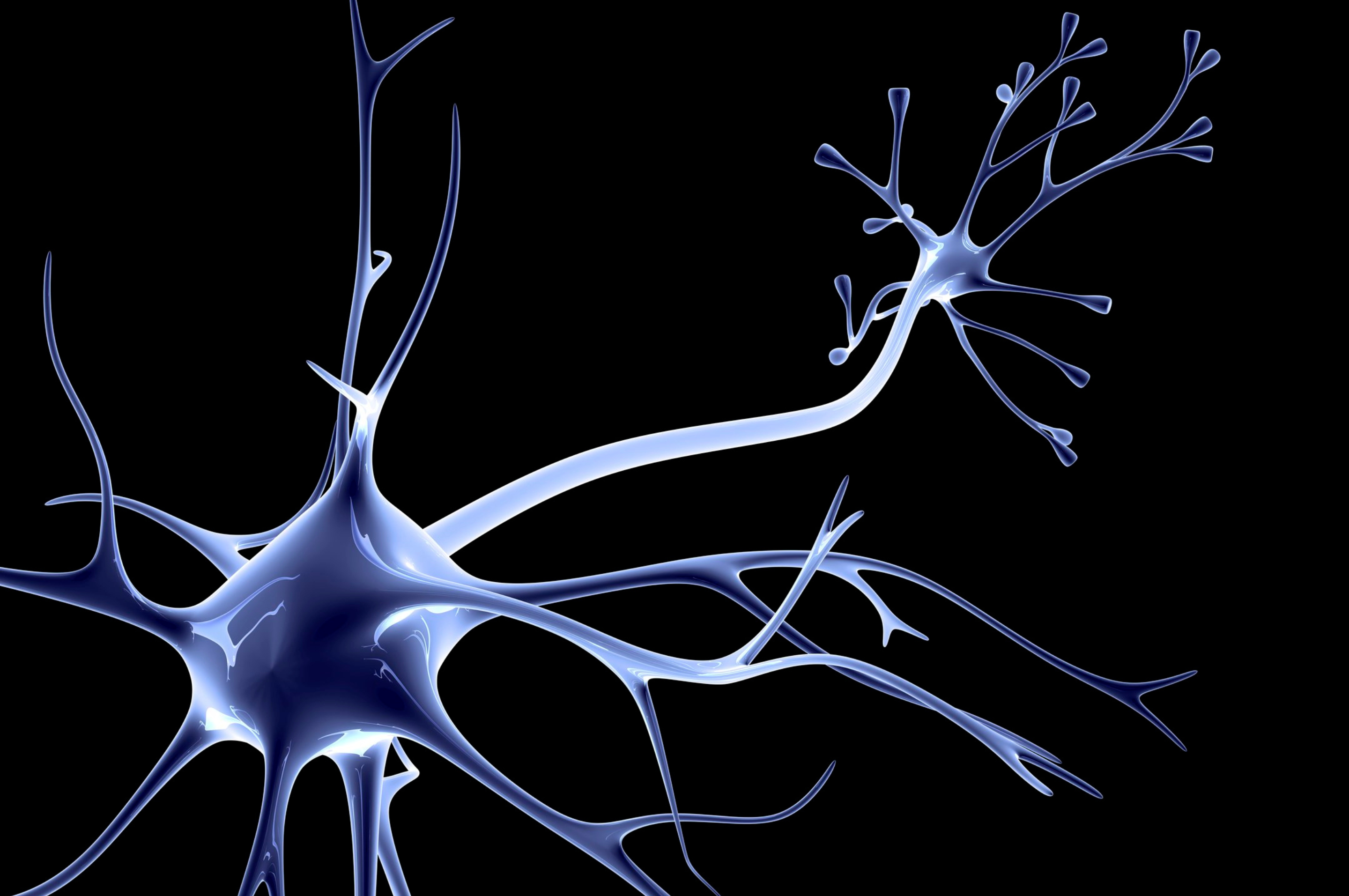
Nerve injuries can have profound effects on quality of life, leading to loss of sensation, movement, or even chronic pain. These injuries disrupt the essential communication pathways between the brain, spinal cord, and the rest of the body, making everyday tasks difficult or impossible. Nerve repair surgery offers hope for those affected by these injuries, providing a pathway to restore function and regain independence.
Classifying Nerve Injuries Based on Severity
Nerve injuries occur when the delicate structures that carry signals between the brain and body are damaged. This can happen due to trauma, repetitive strain, or even surgical complications. Nerve injuries are classified by their level of damage. Mild injuries, called neuropraxia, involve temporary disruptions that often heal on their own. More severe cases, such as axonotmesis, involve damage to the fibers within the nerve sheath but leave the surrounding structures intact. In the most extreme cases, neurotmesis involves a complete severance of the nerve, typically requiring surgical intervention for recovery.
The symptoms of nerve injuries vary widely, ranging from numbness and tingling to complete paralysis or chronic pain. In cases where natural healing is insufficient, nerve repair surgery becomes a critical option for restoring functionality and improving quality of life.
How We Repair Nerves
Nerve repair surgery aims to reconnect or reconstruct damaged nerves, allowing them to heal and resume their function. Depending on the nature of the injury, your surgeon can choose from several techniques:
- Direct Nerve Repair: This approach is used for clean cuts or injuries where the nerve ends can be sutured directly together, ensuring precise alignment of the nerve fibers.
- Nerve Grafting: When a gap exists between severed nerve ends, a segment of a healthy nerve from another part of the body or a decellularized cadaver nerve graft called an allograft bridges the gap.
- Nerve Transfer: If the damaged nerve cannot be repaired, a nearby healthy nerve is rerouted to take over its function.
- Neuromodulation: In cases of chronic pain or incomplete recovery, techniques such as nerve stimulators may manage symptoms.
These methods require meticulous planning and execution, often involving advanced microsurgical techniques.
Conditions Treated by Nerve Repair Surgery
Nerve repair surgery addresses a wide range of conditions. Traumatic injuries, such as those caused by accidents or deep lacerations, often necessitate immediate surgical repair. Compression syndromes, like carpal tunnel syndrome or cubital tunnel syndrome, can benefit from nerve decompression and repair.
More complex injuries, such as brachial plexus damage in the shoulder or arm, often require advanced reconstructive techniques. Severe peripheral neuropathy caused by diabetes or autoimmune diseases and nerve damage resulting from surgeries or amputations are also treated with nerve repair.
Targeted Muscle Reinnervation and Regenerative Peripheral Nerve Interface: Advancing Functional Recovery
One of my favorite surgical techniques, Targeted Muscle Reinnervation (TMR), represents a cutting-edge approach to nerve repair and prosthetic integration. TMR involves redirecting severed nerves to nearby muscles, allowing them to serve as new control sites for advanced prosthetics and to reduce pain caused by neuroma formation.
A similar technique we often use is Regenerative Peripheral Nerve Interfaces (PNIs), which provide new targets for nerve growth as a mechanism to treat chronic pain or phantom limb sensations. . Both TMR and RPNI not only improve the functional recovery of amputees but also can provide the ability to interact with robotic prosthetics, offering unprecedented levels of precision and control. In my opinion, these advancements hold promise for transforming the field of nerve repair and patient outcomes in remarkable ways.
Recovery After Nerve Repair Surgery
Recovery from nerve repair surgery is a gradual process, as nerves regenerate at a slow pace of about 1-2 millimeters per day. The timeline for full recovery depends on the location and severity of the injury, as well as the age of the patient and medical comorbidities. Initial healing, including reduced swelling and pain, occurs within the first few weeks. However, regaining sensation and movement may take several months to years.
Physical therapy plays a vital role in recovery, helping patients rebuild strength, prevent muscle atrophy, and improve coordination. Regular follow-up appointments are essential to monitor progress and address any complications that may arise during the healing process.
Advancements in Nerve Repair Techniques
Recent advancements in nerve repair surgery have improved outcomes and shortened recovery times. The Journal of the American Academy of Orthopaedic Surgeons highlights nerve transfers as a revolutionary technique for reconstructing complex injuries. These transfers reroute healthy nerves to take over lost functions, offering hope to patients with severe nerve damage.
Additionally, the Journal of Hand Surgery explores evolving techniques in peripheral nerve regeneration, such as molecular therapies and electrical stimulation, which aim to enhance axonal regeneration and functional recovery. These innovations are shaping the future of nerve repair, providing new possibilities for patients with severe injuries.
Benefits and Risks of Nerve Repair Surgery
Nerve repair surgery offers significant benefits, including restored sensation, improved movement, and relief from chronic pain. Many patients find that the ability to perform everyday activities independently is a life-changing outcome. However, like any surgical procedure, nerve repair carries risks. These include infection, scar tissue formation, incomplete recovery of function, and the possibility of chronic pain persisting despite surgical intervention. Choosing a skilled surgeon with experience in nerve repair is critical to minimizing these risks and achieving the best possible results.
Is Nerve Repair Surgery Right for You?
Determining whether nerve repair surgery is the right option depends on the nature of the injury and the patient’s overall health. Not all nerve injuries require surgical intervention; some may heal with physical therapy or other non-invasive treatments. However, severe cases involving complete nerve severance, chronic pain, or progressive loss of function often necessitate surgical repair. Consulting a qualified surgeon is the best way to evaluate your options and develop a tailored treatment plan.
Contact Us for Expert Nerve Pain and Neuropathy Treatments
At Plastic Surgeons of Northern Arizona, our team of skilled surgeons specializes in nerve repair and reconstructive procedures. We are dedicated to helping patients restore function, reduce pain, and regain independence. If you or a loved one is struggling with a nerve injury, contact us today to schedule a consultation and take the first step toward recovery.
Author Profile: Brian Cripe, M.D., is an award-winning, board-eligible plastic and reconstructive surgeon and Plastic Surgeons of Northern Arizona partner. Dr. Cripe specializes in cosmetic surgery, limb salvage, peripheral nerve microsurgery, hand surgery, and oncologic reconstructive procedures. He has performed over 6,000 surgical cases during his nine-year tenure as a surgeon.




